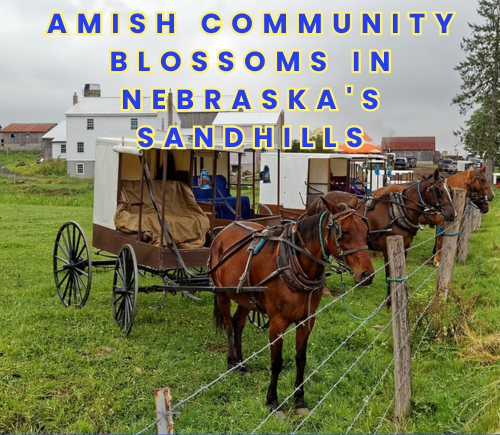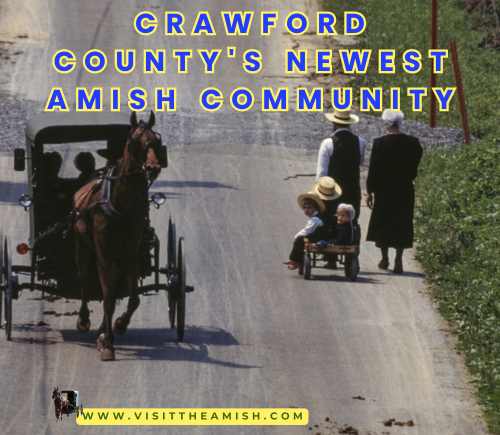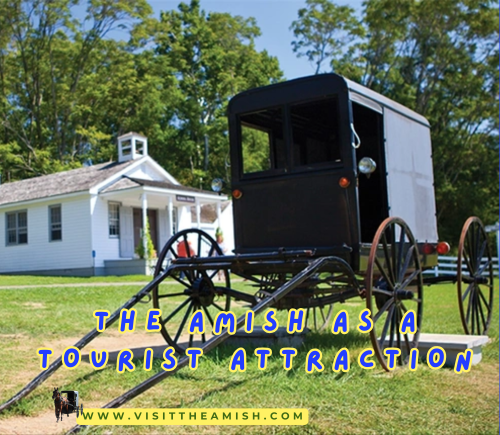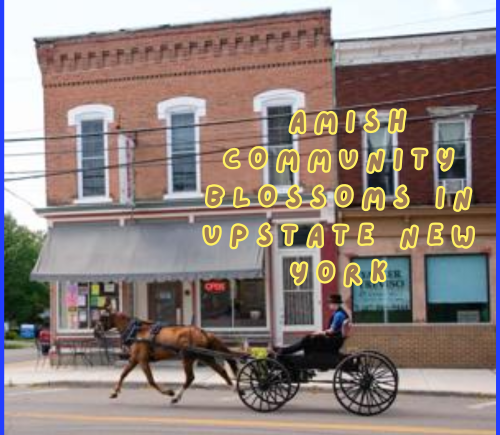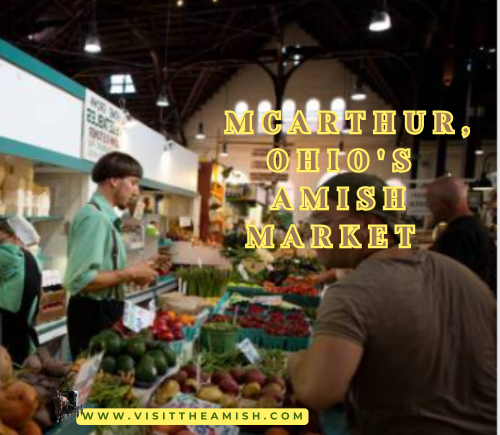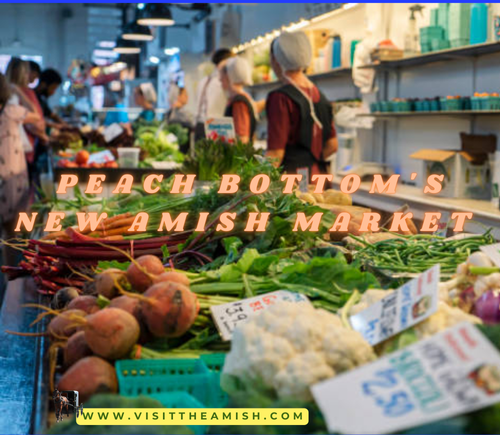Amish Community Blossoms in Nebraska’s Sandhills: A Tale of Tradition and Enterprise
In the heart of Nebraska’s Sandhills, a new Amish community is taking root, bringing with it a blend of time-honored traditions and entrepreneurial spirit. Nestled near the Niobrara River, south of Kilgore, this growing settlement has become a beacon of simplicity and hard work in an increasingly complex world.
James Yoder, who moved to the area a year and a half ago, explains the appeal: “We kind of like the West, so that’s why we came back out here.” Yoder’s sentiment echoes a broader trend, as Nebraska’s Amish population has surged by an impressive 65% from 2020 to 2024, according to research from Elizabethtown College1.
The community, which currently consists of nine families, is expected to grow to about 20 families. “If that gets full, we’re going to have to spread out to a new area and do that again. That’s probably what will happen,” Yoder predicts1.
This expansion is part of a larger pattern of Amish migration westward. “The West is getting more populated with Amish communities,” Yoder notes. While states like Pennsylvania and Ohio have traditionally been home to large Amish populations, Nebraska and other western states are seeing an increase in Amish settlements1.

Thriving Businesses in the Heartland
The Amish community near Kilgore is not just about preserving traditions; it’s also about building successful businesses. Canyon Country Cabins, owned by James Yoder, is just one example of the entrepreneurial spirit that permeates this settlement.
Other families have established cabinetry shops and saw-sharpening businesses, while some have turned to farming and ranching. “There’s some general construction work and, of course, ranching. There’s a lot of interest in ranching,” Yoder explains1.
These businesses are part of a larger trend of Amish entrepreneurship that has seen remarkable success. According to author Erik Wesner, Amish businesses have an astounding 95% success rate at staying open for at least five years3. This success rate is significantly higher than the national average for small businesses.
The Secret to Amish Business Success
What makes Amish businesses so successful? One key factor is their tendency to stick with what they know. “Everything about the Amish says things like ‘rustic,’ ‘traditional,’ ‘handmade,’ so they tend to play to those strengths,” Wesner explains3.
Myron Miller, an Amish businessman from Ohio, offers another perspective: “I run my business according to God’s way and plan.” Miller’s approach has led to significant success, with his furniture-making operation expanding to include both retail and wholesale divisions3.
The Amish also value humility and small-scale community, which influences their business practices. It’s rare to find an Amish business that employs more than 30 people. Instead, they focus on working as a tight-knit team and invest in every team member for their individual success4.
Balancing Tradition and Technology
While the Amish are known for their traditional ways, they’ve found creative solutions to balance their values with the demands of modern business. Many Amish businesses use non-Amish partners to help retail their products and build relationships with the non-Amish community4.
In the Nebraska settlement, some modern equipment, such as tractors, is used, but horses and buggies remain a common sight1. This careful integration of technology allows Amish businesses to remain competitive while staying true to their core values.
Community Impact
The arrival of the Amish community has not gone unnoticed by local residents. Sarah Johnson, a long-time Kilgore resident, shares her thoughts: “It’s been fascinating to watch this community grow. They’ve brought a new energy to our area, and their work ethic is truly admirable.”
Local business owner Tom Baker adds, “The Amish furniture and crafts have become quite popular. It’s great to see the interest in handmade, quality goods.”
As the community continues to grow, so does its impact on the local economy and culture. A new school has been established where children attend classes until the eighth grade, in keeping with Amish tradition1.
Looking to the Future
As Nebraska’s Amish population continues to rise, settlements like the one near Kilgore highlight a way of life deeply rooted in tradition yet constantly expanding into new frontiers. The success of their businesses and the growth of their community suggest that the Amish have found a formula that works, even in our fast-paced modern world.
James Yoder sums it up simply: “We’re very community-oriented.” It’s this focus on community, combined with hard work and traditional values, that seems to be the secret to their success.
As the sun sets over the Sandhills, casting long shadows across the newly built Amish homes and workshops, one can’t help but feel that this is just the beginning of a new chapter in Nebraska’s rich cultural tapestry.

Citations:
- https://panhandle.newschannelnebraska.com/story/52315148/inside-the-growing-amish-community-in-nebraskas-sandhills
- https://www.scheerqualityfurniture.com/by-brand/slam/Simply-Amish.html
- https://money.cnn.com/2010/05/04/smallbusiness/amish_business_success/index.htm
- https://www.amishvillage.com/blog/what-does-a-successful-amish-business-look-like/
- https://en.wikipedia.org/wiki/Nebraska_Amish
- https://yodersamishfurniture.com
- https://www.redpowermagazine.com/forums/topic/129983-amish-built-shop/
- https://www.cindywoodsmall.com/2013/03/06/amish-small-business/
- https://visitnebraska.com/pawnee-city/amish-country

